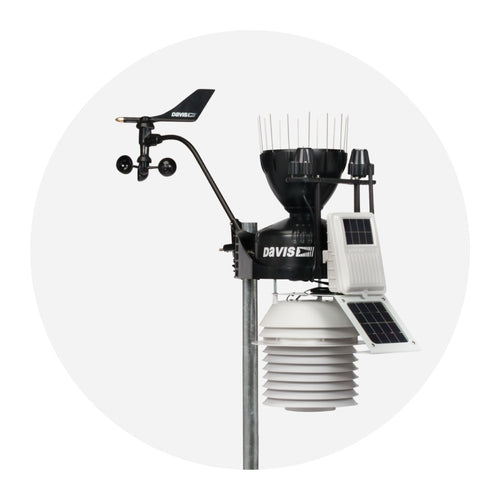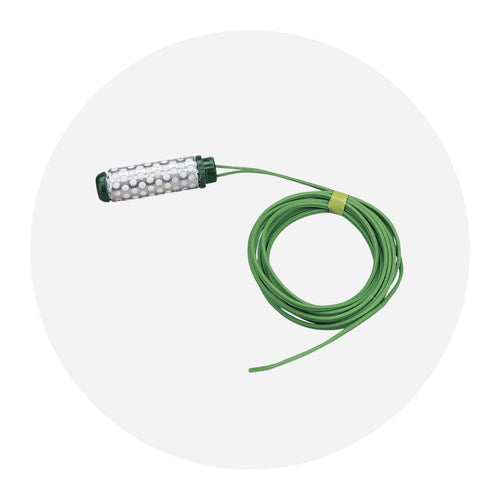Sextants are commonly used in marine navigation and aviation. A sextant is a valuable instrument used to determine the angle between the horizon and a celestial body like the Sun, Moon, or Star. It is used in celestial navigation to calculate latitude and longitude. The instrument consists of a graduated arc, a sighting mechanism, and a movable index arm that is used to measure the angle between two objects. A mirror is placed on the radial arm. It is moved or adjusted until the celestial body is reflected into a half-silvered mirror in line with the telescope and appears to coincide with the horizon through the telescope. The angular distance of the celestial body or star above the horizon is read from the graduated arc of the sextant.
Celestial navigation continues to be used by private yachtsmen, and particularly by long-distance cruising yachts around the world. For small cruising boat crews, celestial navigation is generally considered an essential skill when venturing beyond visual range of land. Although GPS (Global Positioning System) technology is reliable, offshore yachtsmen use celestial navigation as either a primary navigational tool or as a backup.
Considerations when choosing a marine sextant
The first choice to make is between plastic or metal construction. Metal sextants offer high accuracy, durability, and ease of use. Plastic sextants offer accuracy close to that of metal sextants at a lower price.
Accuracy
Metal sextants offer very high accuracy considering many uncontrollable errors which may exist from such things as refraction, oblateness of the earth, and data tabulation. Generally, a minute of arc (one mile) is about the best anyone can hope to achieve. Plastic sextants commonly exhibit errors more than 5 minutes.
Mirror Size
The size of the mirrors on sextants generally varies directly with the quality of the instrument. Large index and horizon mirrors are desirable because larger mirrors allow more movement of the sextant while taking a sight, which lessens the possibility of losing the image as the body is brought down to the horizon.
Weight
Metal sextants are made of either aluminum, bronze, or brass. Some people feel that the heavier weight of a bronze sextant provides greater steadiness and hence more accurate readings, especially if it is windy. Others find that the lightweight models are less tiring to their wrist and arm and that the reduced fatigue gives better results.
Horizon Mirror
Many sextants have an option of either the traditional “half-silvered” horizon mirror (such as with the Davis Mark 15 sextant) or a “full field horizon mirror”(such as the Beam Converger with the Davis Mark 25 sextant).
With the traditional mirror, the horizon glass is divided vertically into two halves producing a “split image.” Half of the mirror is a silvered mirror, and the other half is clear glass. Alternatively, a “full field whole horizon mirror” superimposes both the horizon and the celestial body on the entire mirror with no split image. This greatly simplifies “bringing down” the celestial body and makes it easier to hold the body in view. A draw back to this system is a very slight reduction in light transmission and reflection which may affect marginally lighted observations. In general, people on stable platforms such as large ships tend to favor the traditional horizon mirror while those on yachts tend to favor the whole horizon mirror.























